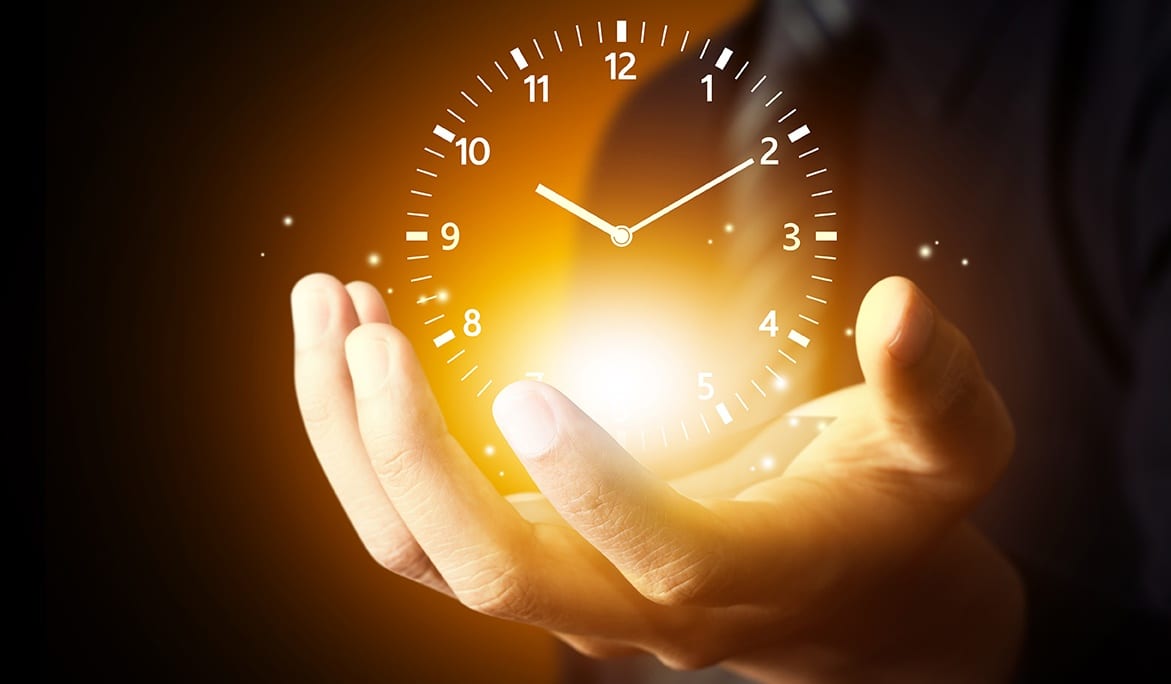Wait Times and Callbacks – Customer Preferences Revealed
Call waiting and call backs are two call center strategies used during peak times when the number of callers exceeds the number of agents. But, how effectual are these tactics? How many customers do you retain or lose through the use of these strategies? What are the customers’ preferences?
Results from a recent survey* provide indication as to what customers’ preferences truly are and can be used to strategize how your call center chooses to improve overall customer satisfaction.
Number of Customers Placed on Hold
Call waiting has been a popular strategy since the advent of call centers. On average, about 70% of callers experience call waiting and 36.9% of them are okay with this, provided that their wait times are short.
According to Electronic Distribution Today, the average wait time for each customer across different call centers is 38 seconds. However, some customers experience wait times greater than 20 minutes, which winds up wearing out the callers’ patience and can result in them hanging up.
In fact, more than 60% of callers feel that just one minute is quite a lot of time to stay on hold. Only 38% of them will proceed with the call after a one minute wait time if they are on a sales line, while 65% reported being willing to continue to wait for a tech support call.
Since 34% of customers who abandon their calls do not bother to call back, call centers should ensure that the average wait times are as short as possible, or offer the option of a callback. According to Oren Harari of the Tom Peters Group, companies lose about 8-15% of their customer base each year and 68% of those are due to unpleasant phone treatment, with call waiting topping the list as the most unpleasant.
Of course you could try to reverse the process by hiring more agents, but this would only work during peak times and during off-peak hours you would incur unnecessary additional costs in operating an overly-expansive call center.
Music and on-hold messages are a way to help ease the call waiting tension for callers, as 90% of customers preferring on-hold messages while they wait and 70% claiming that background music makes the wait time seem considerably shorter. However, using on-hold messages that provide information to the callers appears to be more effective than music since the former strategy works to keep callers on the line up to 25% longer than using just music alone.
Another strategy that can be used to improve customer satisfaction is to provide callers with a callback option.
Number of Customers Who Prefer Callback
On being asked whether they would prefer receiving a call back or waiting on hold, 63.1% of the customers said they preferred requesting a call back over waiting on hold. Only 36.9% would prefer to stay on the line rather than opt for a call back.
As for the callers who prefer call backs, they appear to have different tolerance levels for how long they’re willing to wait on hold. While only 28% are never willing to wait on hold, more than 50% of them can hold for 1 to 5 minutes before they’ll opt for a callback. This percentage decreases as the wait time increases.
Only 15% are willing to wait for 5-10 minutes, while a little fewer than 5% can wait for 10-20 minutes before finally opting for a callback. Going by these statistics, it’s advisable to implement your callback strategy in such a way that callers always have the option of hanging up during a longer hold by requesting a callback.
Length of Time to Implement a Call Back Request
What should your agents do when you have a callback list? How long should it take you to get back to the callers? On being questioned regarding their preferred waiting times for return calls, only about 28% of the callers said that it did not matter how long it took. While 48% reported that they expect to be called back within thirty minutes. 17% of respondents were fine with an hour of waiting before receiving a return call.
Therefore, it’s important to have call center software that schedules the callback tasks among your agents as efficiently as possible so they can be handled promptly.
Going by these findings, it’s evident that callers are progressively shifting from being “callers” to choosing to be “callees,” which is why you should consider implementing an automated callback system and integrating it with the rest of the operations for efficient task handling and scheduling.
Research and reviews company Software Advice produced these findings on callback technology. For more information and a behind the numbers look check out the full study here.
